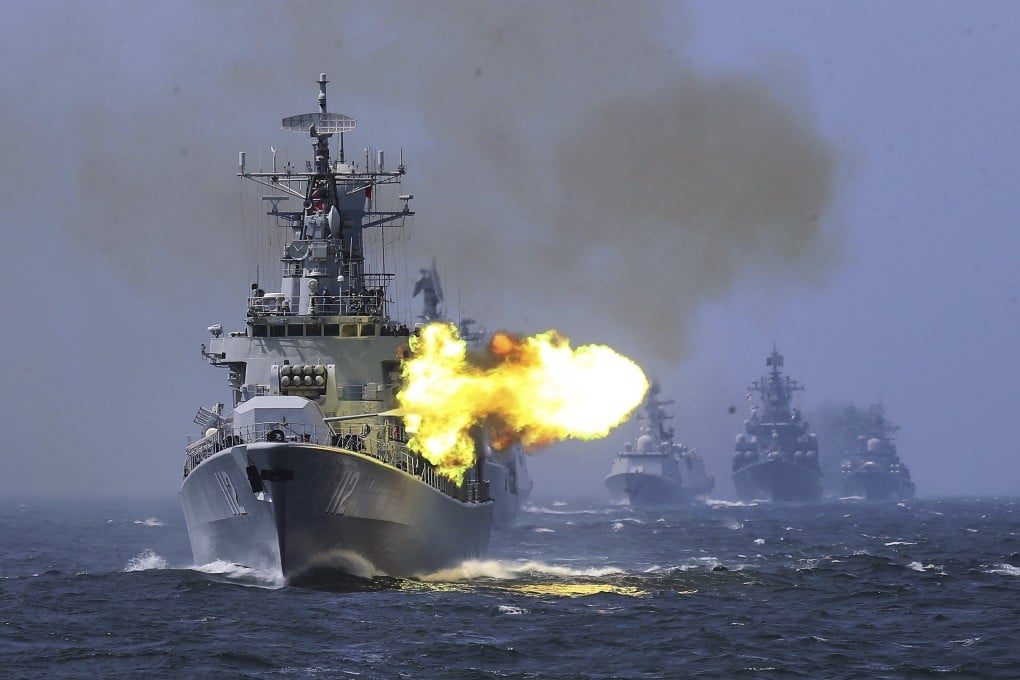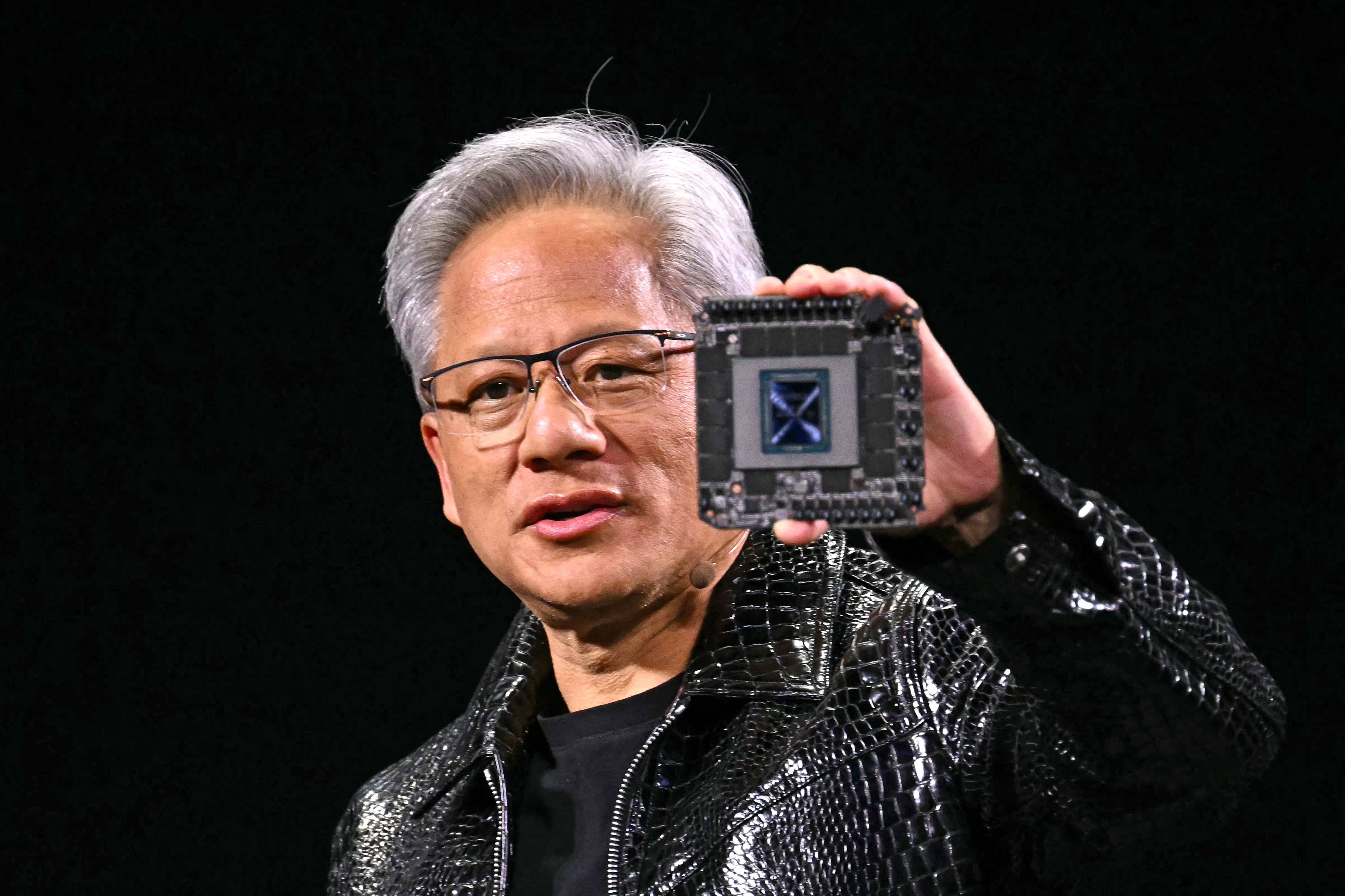Russia is studying how China is building military-industrial systems, co-author of report from state-backed think tank tells Russian media
“By 2049, we can expect the PRC navy to achieve a combat potential comparable to the US Navy,” the Russian International Affairs Council (RIAC) said in a report earlier this month, using the acronym for China’s official name.
The year 2049 marks the 100th anniversary of the People’s Republic of China, by when it aims to have a “world-class military”.
People’s Liberation Army (PLA) advancements by then could include a significant number of aircraft carriers, ships carrying cruise missiles, and amphibious assault vessels, according to the RIAC report, whose title translates as “China 2049: A Futurological Analysis”.
China will also strive to gain a “decisive advantage in the most promising areas of military technology development”, including artificial intelligence (AI) and hypersonic systems, it said.
The policy brief, examining China’s economic, diplomatic and defence potential based on current trends, was published on January 14.
Vasily Kashin, one of its authors, said Russia was both studying and promoting China’s experience in building its military-industrial system, state-owned news agency Sputnik reported on January 17.
Kashin, who is director of the Centre for Comprehensive European and International Studies at Moscow’s HSE University, said areas in focus included China’s experience of transforming defence companies into “diversified institutions”.
“We have always valued this experience, which is reflected in our own reforms to a certain extent,” Kashin was quoted as saying on Sputnik’s Chinese-language website.
However, he also noted that while China’s experience was interesting, Russia might not be able to “fully copy” it. He said this was because things were “built in different ways” in Russia, but did not elaborate further.
China’s military spending, at less than 1.5 per cent of its gross domestic product, suggests it could continue to boost such spending despite economic headwinds, according to the RIAC report.
This included the development of strategic nuclear weapons, which could allow China to build up an arsenal to rival those of Russia and the United States, it said.
“China will have about 1,500 nuclear warheads [by 2035]”, it forecast.
According to the latest data from the Stockholm International Peace Research Institute, China had 500 nuclear warheads as of January 2024. In comparison, the US had 3,708 warheads while Russia had 4,380.
The RIAC report also said China’s continued development of nuclear submarines and strategic aviation could “call into question the ability of the United States to provide security guarantees to its allies in the Asia-Pacific region”.
According to the report, the PLA Navy leads the world in the rate of commissioning new warships, and the technical level of its vessels like nuclear submarines is not far behind that of the US fleet.
The growing Chinese navy fleet could come to rely on a network of overseas bases and supply points, including in western Africa and the Middle East, it said.
Meanwhile, the space rivalry with the US will continue to be a point of interest, with China aiming to gain leadership in space communication, control systems, reconnaissance, and systems to destroy targets in space.
China will also aim to achieve military leadership in fields like hypersonics, and laser and electromagnetic weapons, the RIAC said. It said China would leverage its strong industrial capabilities for an edge in producing autonomous systems, and build up capabilities to carry out combat operations in both space and cyberspace.
Beyond military aims, science and technology development is also expected to help China reduce its reliance on Western technology.
“China’s strategy will be built around the pursuit of technological sovereignty, which will become a key point of Sino-American competition [including investment in quantum computing and biotechnology],” the report said.
“It is possible that in the coming decades, the world will be divided into alliances based not on military power, but on critical technologies as a result of a ‘technological cold war’.”
The RIAC, a state-backed think tank headquartered in Moscow, also held up the benefits of close China-Russia ties. Such cooperation could help Beijing to counter Western pressure and expand its influence in Eurasia, it said in the report.
However, it also warned that Beijing was likely to avoid “overly rigid commitments” with Moscow so that it could adapt to “changes in Russia’s global positions”.
The authors also outlined several possible scenarios for China’s development and global position by 2049. They said the most probable one was a continuance of the current balance of power between China and the West – featuring controlled competition.





No comments:
Post a Comment